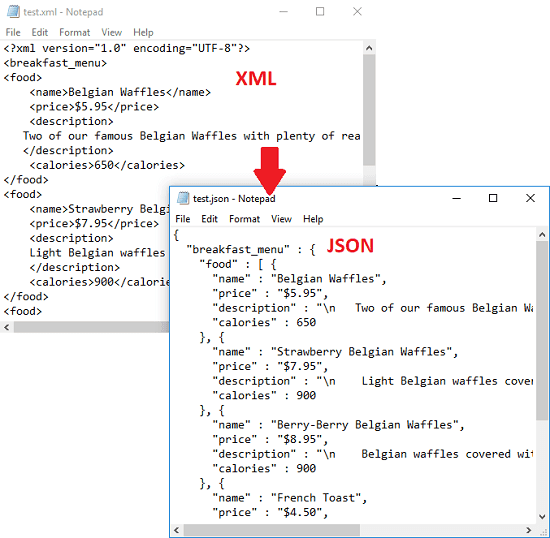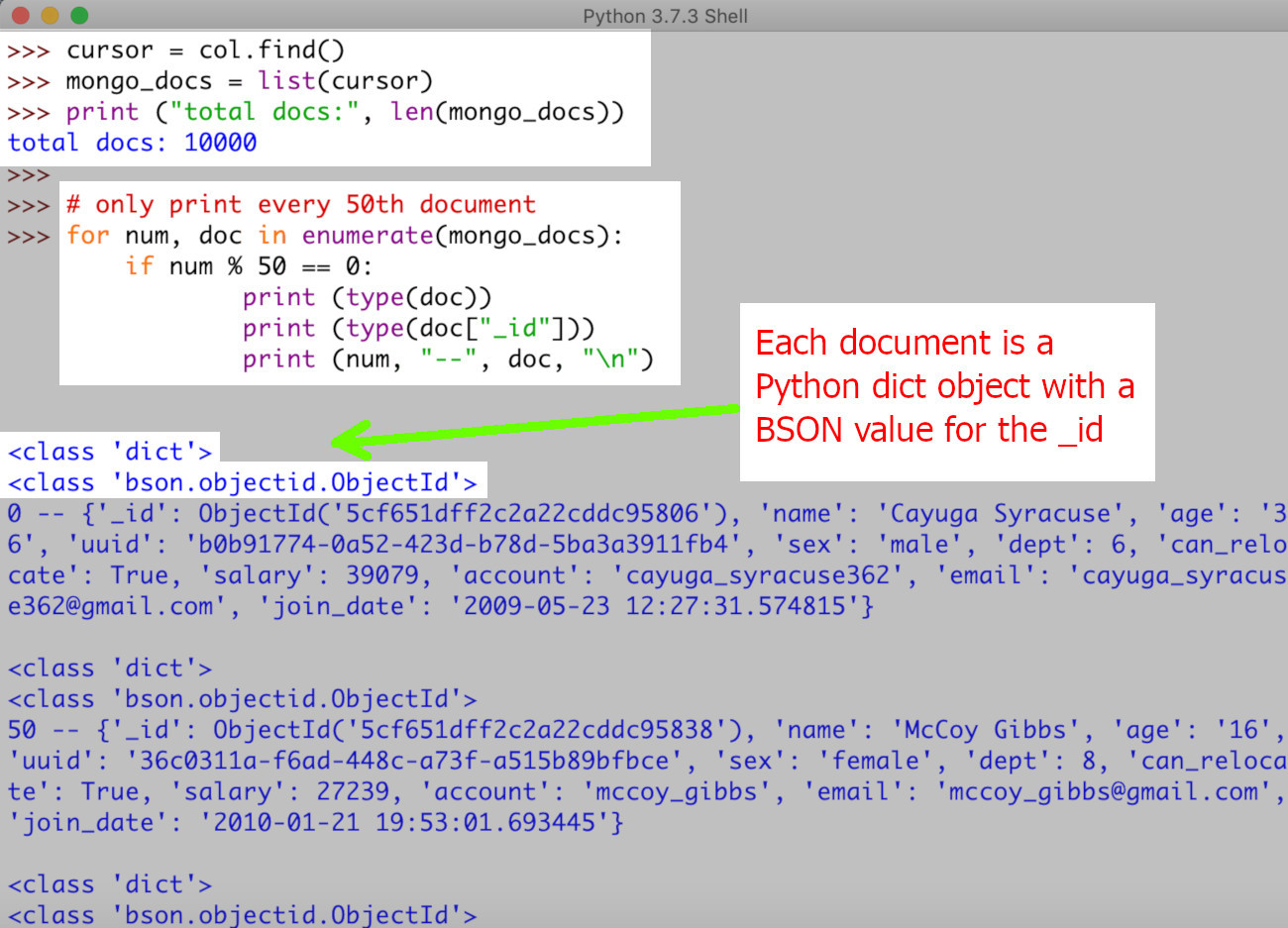


The process of encoding JSON is usually called serialization. Keep in mind, JSON isn’t the only format available for this kind of work, but XML and YAML are probably the only other ones worth mentioning in the same breath. Yup, you got it! It’s nothing more than a standardized format the community uses to pass data around. So, we use JSON to store and exchange data? Have no fear, fellow Pythoneers and Pythonistas. Luckily, this is a pretty common task, and-as with most common tasks-Python makes it almost disgustingly easy. One way or another, you’re up to your neck in JSON, and you’ve got to Python your way out. Perhaps you’re gathering information through an API or storing your data in a document database. Chances are you’re here because you need to transport some data from here to there. Since its inception, JSON has quickly become the de facto standard for information exchange. Watch it together with the written tutorial to deepen your understanding: Working With JSON Data in Python Two-way conversions via BadgerFish, GData and Parker conventions.Watch Now This tutorial has a related video course created by the Real Python team. () is compliant with Parker convention (bugs resolved) Remove support for Python 2.6 (since we need collections.Counter)Ĭonvert true, false and numeric values from strings to Python types etree() – mainly from the MDN JXON article.ĭict_type/ list_type do not need to inherit from dict/ listĪlways use the dict_type class to create dictionaries (which defaults to

For example: Ĭan be converted into this data structure (which also a valid JSON object): in BadgerFish and GDataĪdd test cases for. XML can be converted to a data structure (such as JSON) and back. Xmljson converts XML into Python dictionary structures (trees, like in JSON) and vice-versa. Use only if you need to parse using specific XML to JSON conventions.


 0 kommentar(er)
0 kommentar(er)
